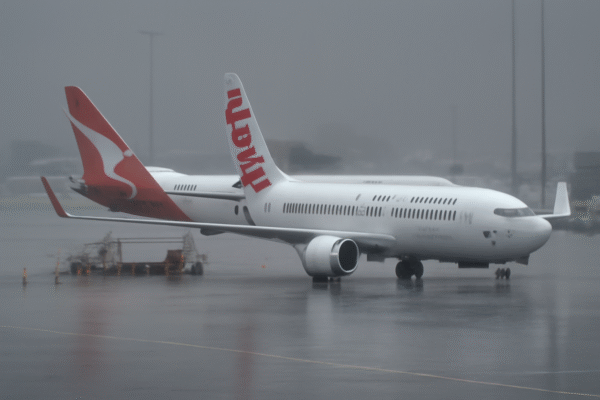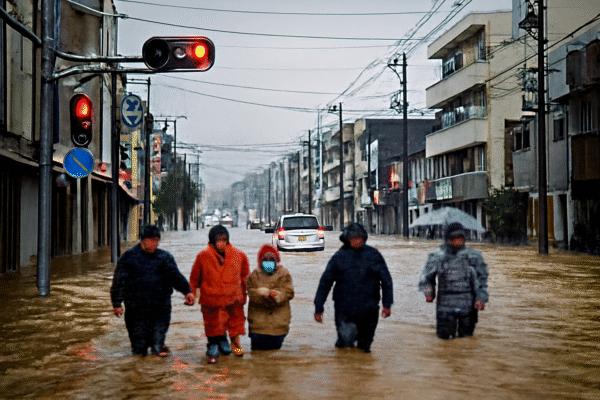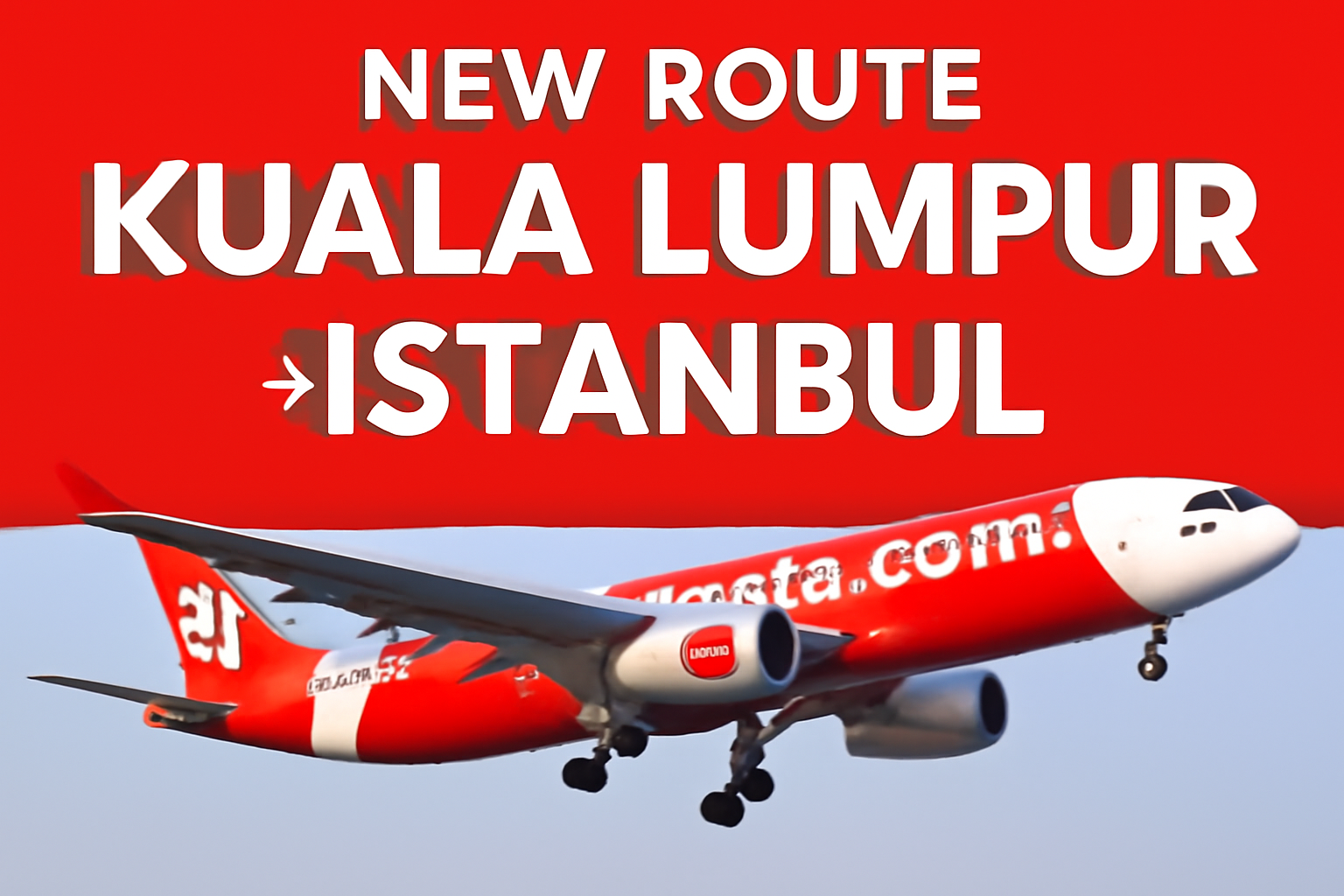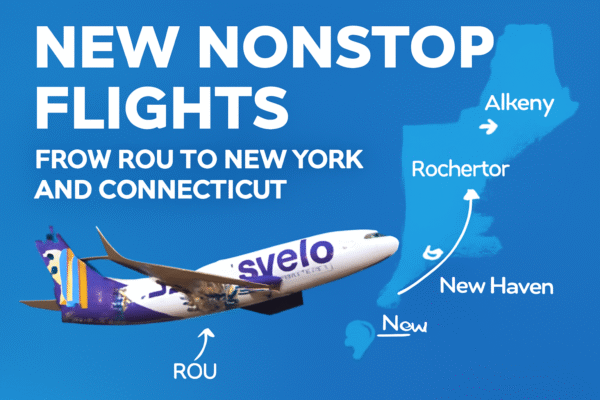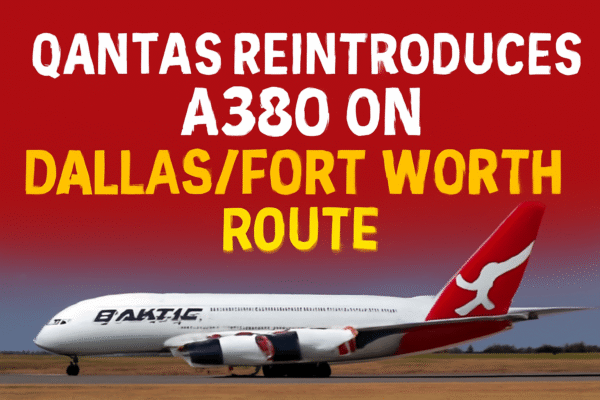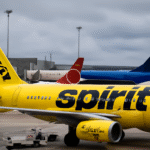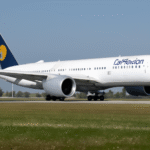Cathay Pacific, Hong Kong’s flagship airline, is making significant moves in 2025 to secure its position in the highly competitive aviation market. The airline has introduced a voluntary unpaid leave program for its cabin crew members for the second half of 2025, a gesture that highlights both the airline’s operational flexibility and its effort to manage the fluctuating demands of air travel. This follows a similar offer in the first half of the year, marking a new trend for the airline that had not offered such consecutive leave periods since the pandemic.
The Context of the Leave Scheme
Cathay Pacific’s decision to offer voluntary unpaid leave is designed to help the airline manage the seasonal peaks and troughs in demand. This strategy allows employees the option to take up to three months off between October and December 2025. The scheme aims to strike a balance between maintaining operational efficiency and meeting the varying needs of its crew members. For the first time in years, the airline is offering this kind of flexibility to its Hong Kong-based crew, who can choose self-managed periods of leave or longer vacations.
The airline’s chief spokesman noted that this leave offer is not new for Cathay Pacific but has become an essential part of its effort to keep operations running smoothly while allowing employees flexibility during the busiest travel periods. The scheme, which started in May 2025 for the July to September period, provides cabin crew with the opportunity to take extended leave during peak demand periods without affecting the airline’s service levels.
A Growing Workforce to Meet Expanding Operations
Cathay Pacific is also experiencing significant growth in its workforce. In 2024, the airline recruited nearly 5,000 new cabin crew members, pushing its total employee count to over 30,000. This recruitment drive is part of the airline’s strategy to stabilize its workforce after the disruptions caused by the pandemic. The company’s efforts to expand its hiring processes and manage employee needs have enabled the airline to grow while maintaining its operational capabilities.
The airline has been working on stabilizing its workforce, ensuring that its growing team can balance the strain of increased demand without sacrificing service quality. The voluntary unpaid leave scheme is one example of how Cathay Pacific is offering flexible options to support its crew members during this period of significant growth.
Fleet Expansion and Investment in Growth
Alongside its recruitment drive, Cathay Pacific is investing heavily in fleet expansion. The airline recently placed an order for 14 Boeing 777-9 aircraft, making a significant commitment to future growth. This fleet expansion, worth over HK$100 billion, is part of the airline’s long-term strategy to strengthen its presence in long-haul markets and respond to the increasing passenger demand for international flights.
This fleet acquisition is a crucial move for Cathay Pacific, especially in the face of rising competition in the global airline industry. By adding more advanced and fuel-efficient aircraft, the airline aims to improve its operational efficiency and meet the growing demand for international travel.
Financial Pressures and Market Challenges
Despite its expansion efforts, Cathay Pacific is not immune to the broader financial pressures affecting the airline industry. HSBC analysts recently downgraded the airline’s stock, citing concerns that its profits could decline by 9-12% by 2027. The challenges facing the airline include increased operational costs, a decline in cargo profits, and fierce competition in long-haul markets.
The global economic slowdown, exacerbated by trade disputes and geopolitical uncertainties, has also impacted Cathay Pacific’s cargo operations. While the airline remains optimistic about the future, it faces a difficult road ahead in terms of maintaining profitability and addressing these ongoing financial hurdles.
Employee Reactions to the Unpaid Leave Offer
The voluntary unpaid leave scheme has been well-received by Cathay Pacific’s cabin crew members. For many employees, the opportunity to take three months off is seen as a welcome break, providing them with a chance to recharge or attend to personal matters while retaining job security. The flexibility offered by the scheme is a stark contrast to the typical unpaid leave policies in the airline industry, which tend to be more restrictive.
Employees appreciate the airline’s generosity, especially during a time of rapid changes within the company. Many crew members have expressed gratitude for the opportunity to take extended leave without risking their long-term career prospects at the airline.
Future Outlook for Cathay Pacific
As Cathay Pacific looks to the future, its long-term growth strategy remains focused on expanding its fleet, investing in its workforce, and enhancing its customer service offerings. While the airline is aware of the challenges facing the industry, it remains committed to achieving its strategic targets, including further fleet investments and continued recruitment efforts.
The airline’s leadership, including Chairman Patrick Heal, has stressed that while the recruitment surge has stabilized, there are still significant challenges to address. However, Cathay Pacific is determined to continue adapting to the evolving dynamics of the airline industry. By focusing on employee satisfaction, customer service, and fleet expansion, Cathay Pacific is positioning itself for long-term success in the competitive aviation sector.
Conclusion: A Strategy for Sustainable Growth
Cathay Pacific’s flexible unpaid leave program is just one part of a broader strategy to optimize operational efficiency while supporting its growing workforce. The airline’s continued investment in its fleet, along with its efforts to manage employee needs, reflect a commitment to long-term growth and success. As Cathay Pacific navigates the complexities of the post-pandemic aviation market, its focus on flexibility, sustainability, and customer satisfaction will be crucial in ensuring its continued competitiveness in the industry.
For more travel news like this, keep reading Global Travel Wire





